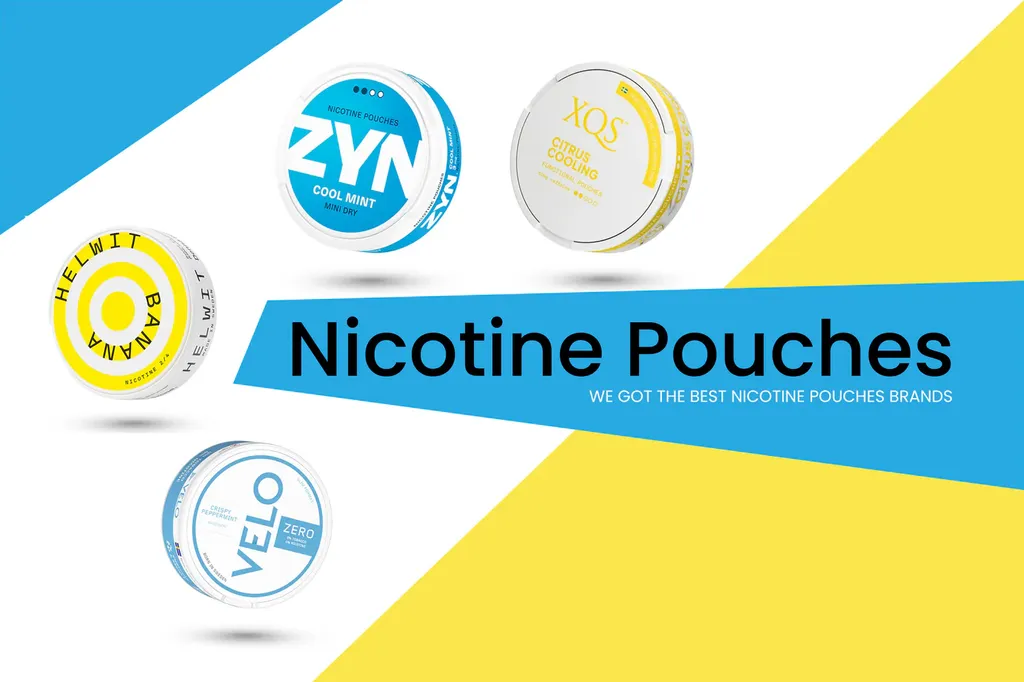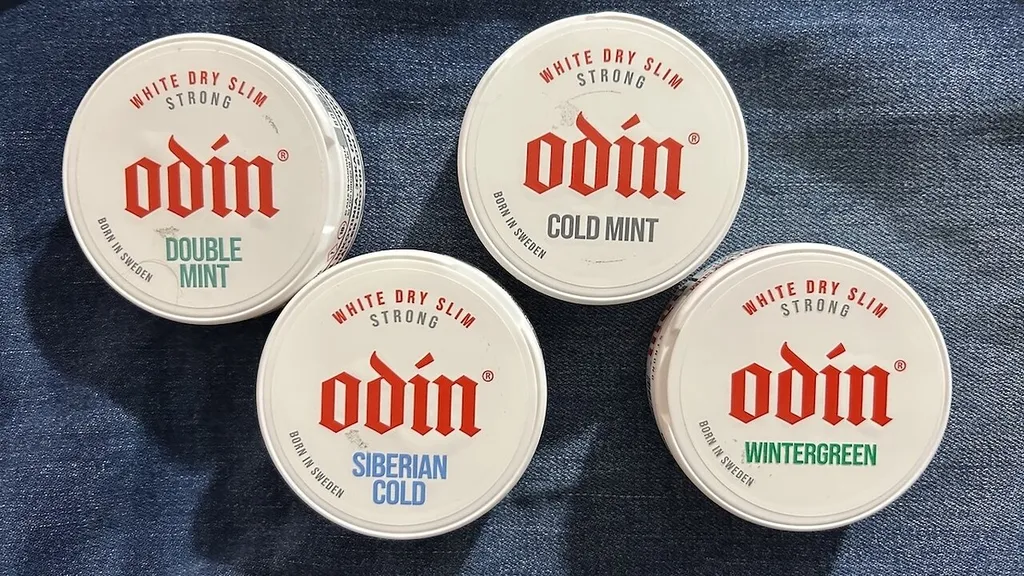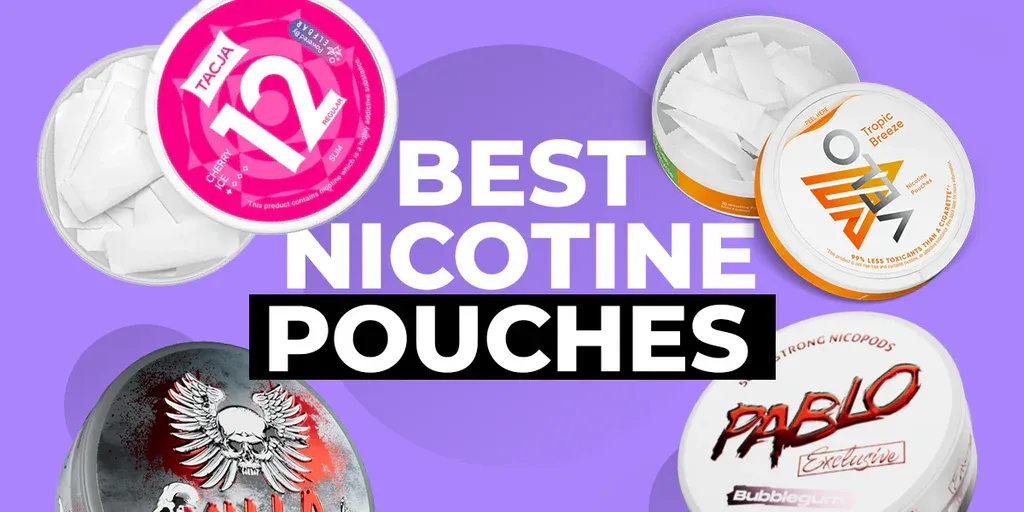Have you ever wondered about the intriguing world of smokeless tobacco? It holds a long and complex history, with diverse forms and evolving cultural significance. Let’s delve into the details of snuff and snus, and then consider a modern flavor twist – the potential allure of something akin to a thunder apple.
Snuff A Pinch of History
Snuff, in its essence, is finely ground tobacco that is inhaled or “snuffed” into the nasal cavity. Its origins can be traced back centuries, with evidence of tobacco use among indigenous populations of the Americas long before European colonization. When tobacco made its way across the Atlantic, snuff quickly gained popularity among European elites.
Think of the powdered wigs and ornate snuffboxes of the 18th century. Snuff became a symbol of status and refinement. Courtly rituals developed around its use, from the presentation of the snuffbox to the precise pinch and the delicate sniff. Beyond its social cachet, snuff was also believed to possess medicinal properties, offered as a remedy for headaches and other ailments.
Different types of snuff exist, each with its distinct character. Some are dry and finely ground, offering a quick and intense nicotine hit. Others are moister and coarser, delivering a more gradual release. Flavors range from the traditional – plain tobacco, menthol, or eucalyptus – to the more adventurous, incorporating spices, fruits, and even floral notes.
The method of taking snuff also influences the experience. A “pinch” is the most common approach, where a small amount of snuff is placed on the back of the hand and then carefully inhaled. Another technique involves using a “snuff bullet,” a small device that dispenses a measured dose directly into the nostril.
Snus The Swedish Alternative
Snus, on the other hand, is a moist, smokeless tobacco product placed under the upper lip. Originating in Sweden, snus has a distinct production process compared to snuff. It undergoes a pasteurization process, which involves heat treatment to reduce the levels of certain harmful compounds. This process is believed to contribute to snus’s reputation as a potentially less harmful alternative to smoking.
Snus is typically sold in small pouches or as loose tobacco. The pouches are convenient and discreet, while the loose variety allows users to customize the portion size. The flavor profiles of snus are also diverse, ranging from the traditional – tobacco, mint, and wintergreen – to more contemporary options such as berries, citrus, and even coffee.
What makes snus different, beyond its production method? Unlike snuff, snus is not inhaled. It sits comfortably under the lip, releasing nicotine and flavor gradually over time. This avoids the nasal irritation associated with snuff and provides a more sustained and subtle experience.
The popularity of snus in Sweden has been linked to lower smoking rates and a reduced incidence of smoking-related diseases. This has led to ongoing debates about snus’s role in harm reduction strategies. Is it a gateway to nicotine addiction, or a viable alternative for smokers seeking to quit? The answer is complex and depends on individual circumstances and responsible usage.
A Flavorful Twist The Promise of Thunder Apple
Now, let’s consider a hypothetical flavor innovation. Imagine a snus or snuff infused with the invigorating taste of crisp apples and a subtle, electrifying spice. A flavor profile that could be described as thunder apple, a vibrant and unexpected combination.
Why this pairing? The sweetness of apple can balance the inherent bitterness of tobacco, creating a more palatable and enjoyable experience. The addition of spice – perhaps cinnamon, clove, or even a touch of chili – can add a layer of complexity and intrigue. The result is a flavor that is both familiar and novel, potentially appealing to both seasoned users and those curious to try smokeless tobacco for the first time.
Of course, the thunder apples concept is just one example of the endless possibilities for flavor innovation in the world of smokeless tobacco. As manufacturers continue to experiment with new ingredients and techniques, we can expect to see even more exciting and unexpected flavor combinations emerge.
Ultimately, the choice of whether or not to use snuff, snus, or any other tobacco product is a personal one. It’s crucial to be aware of the potential health risks and to use these products responsibly. However, by understanding the history, production methods, and flavor profiles of different types of smokeless tobacco, individuals can make informed decisions that align with their own preferences and values. Is the thunder apple concept something that would draw you in? It offers a tantalizing glimpse into the potential future of flavor within the smokeless tobacco market.


